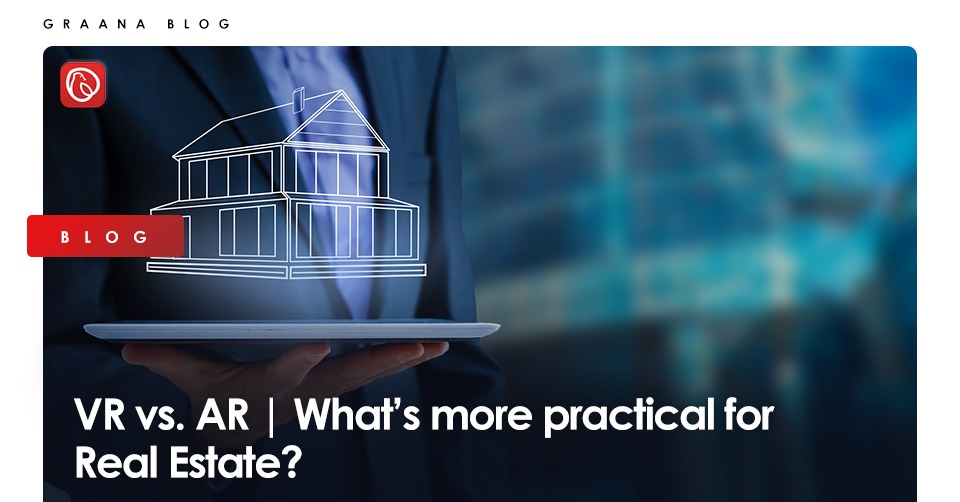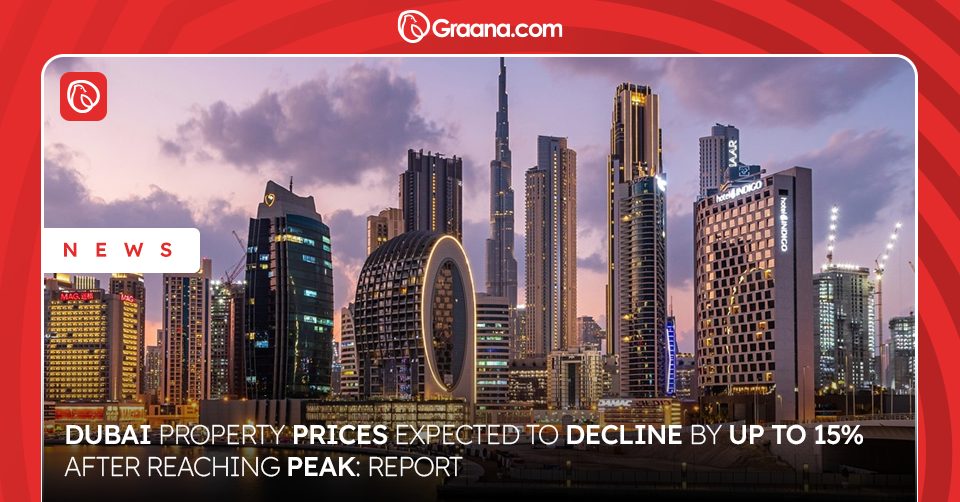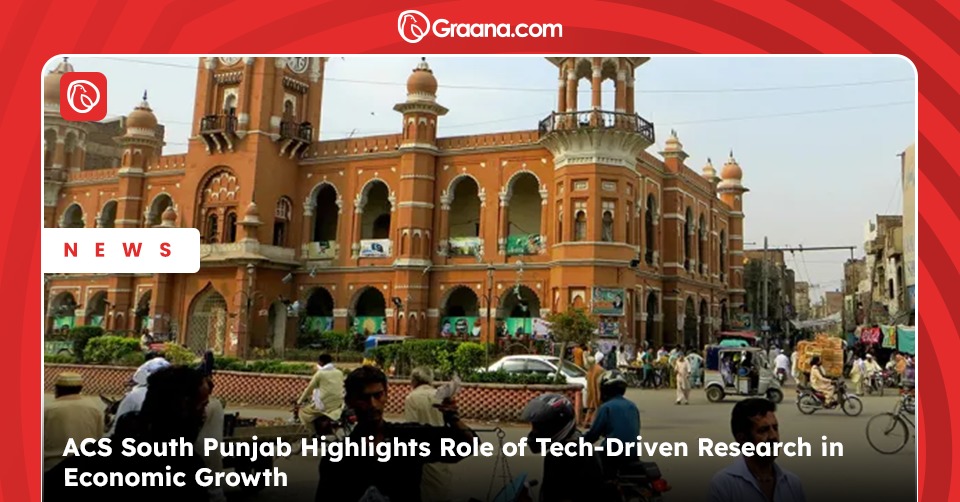Recovering from the outbreak of COVID-19 resulted in promoting Pakistan’s real estate market, which in turn boomed after a 2-year hiatus, and ever since, the sector has been developing at a fast pace.
Changing life as we knew, the gap was overcome by various technological advancements
such as Augmented Reality (AR) and Virtual Reality (VR), making it possible for potential buyers to take a virtual tour of the property and decide accordingly. With this, the need to keep up with the digitising trends has become crucial in order to make the user experience as smooth as possible.
Graana.com takes a deeper look at how exactly AR and VR are transforming in the real estate sector.
AR vs. VR
VR is a 3D environment where the computer builds an illusionary environment with which the user interacts through the use of external devices (such as headsets gloves) and can touch, hear and see the property. These computer-generated simulations are based on real structures that give a better idea of how a specific structure will be constructed.
AR, contrarily, is an advanced version of reality that is added with digital information on an existing video or an image. Typically, AR is available on smartphones and tablets, making it preferable for users since it is just a touch away. AR is better equipped to customise an under-construction project and reveal the final idea about any property. This includes all kinds of details, such as lighting, furniture placement etc.

How AR, VR and Mixed Reality is Revolutionising Real Estate?
The technological revolution in real estate has changed the general perception of the people in this industry. Meaning it is making the lives of so many people just by saving them time and cost required for staging properties. Some significant advantages include:
- Time-Saving Capability – Using modern technology reduces the need of scheduling visits to different properties.
- Cost-Effectiveness – Immersive technologies have replaced conventional marketing strategies, making it easier to reach large audiences without additional costs.
- International Reach & Audience – Thanks to the option of virtual reality, users can now take a loot at international properties from any part of the world without physical attendance.
- Advanced Customer Experience – Rectifies users’ hands-on experience to find and learn about potential properties.
What suits real estate best? AR or VR?
When it comes to popularity, AR seems best at checking all the boxes when it comes to the real estate industry. Not only is it easily accessible, but it also narrows down long hours of research into just a matter of minutes. AR costs comparatively lesser and comes around easy in terms of the interface it offers. There is not only complete information but also real images or videos that help users get a better overview of a property.
VR, on the other hand, requires special devices, which limits people and companies to get a smooth experience. Even with this, the option to customise a house’s features and fix flaws during construction remains limited. Because of this, Virtual Reality remains only second in priority to users who want a smooth and quick experience.

Immersive Technologies in Pakistan
Pakistan is not far behind in immersing its real estate industry with technological advancements. The Proptech pioneer – Graana.com offers AR adaptation to its users in a compact property portal where users can easily buy or sell a property.
Additionally, Graana.com also offers VR services to users who are excited to try this new technology for their investment decisions.




